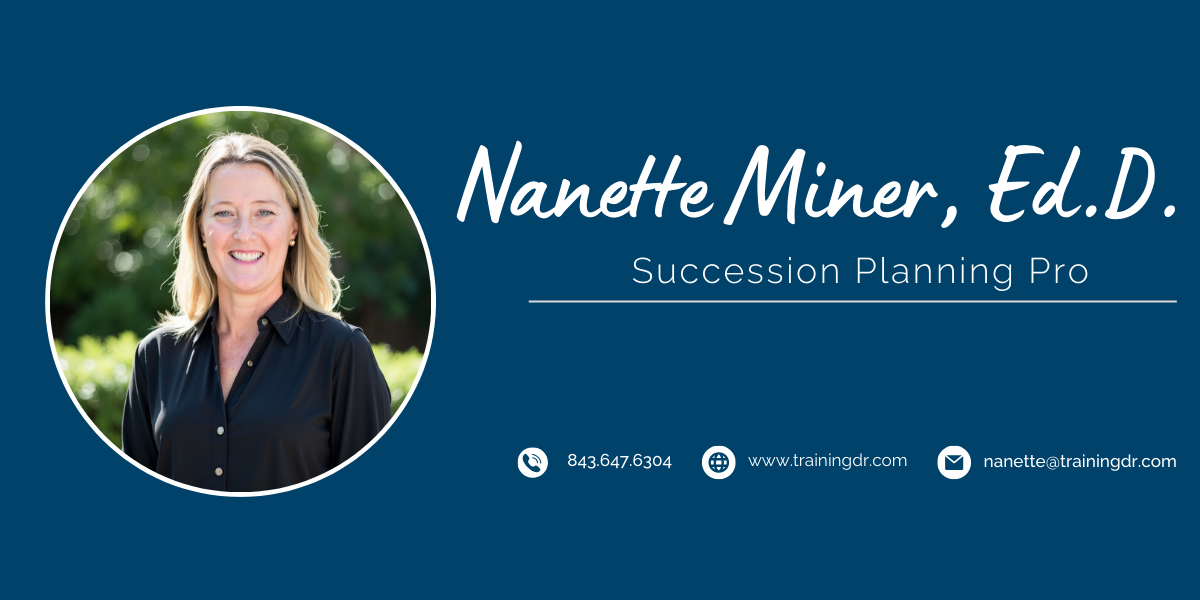Aug25

In the previous article, we discussed the formula Q x A = E, which highlights the importance of balancing the quality of a solution with its acceptance by stakeholders to ensure effective change. Building on that foundation, in this article, we will explore another critical formula in change management:D x V x FS > R. Together, these two formulas offer a comprehensive framework for navigating the complexities of organizational change, addressing both the technical and human elements essential for success.
While Q x A = E emphasizes the need for a high-quality solution and strong acceptance to achieve effectiveness, the D x V x FS > R formula delves into the dynamics of driving change by overcoming resistance. These formulas complement each other by providing a holistic approach to change management. One ensures that the solution is both technically sound and supported by those affected, while the other focuses on the conditions necessary to initiate and sustain change, such as dissatisfaction with the status quo, a compelling vision for the future, and actionable first steps.
Understanding and applying these formulas is crucial for any leader or change agent aiming to guide their organization through successful transformations. By addressing both the need for high-quality solutions and the human factors that drive or inhibit change, these frameworks help ensure that change initiatives are not only implemented but embraced and sustained over the long term.
D x V x FS > R, also known as the "Change Formula," was initially conceived by David Gleicher and later refined by Kathie Dannemiller. This formula offers a powerful framework for understanding the key elements that need to be in place to overcome resistance and drive successful change.
Here’s what each component represents:
D (Dissatisfaction with the Status Quo): This is the level of dissatisfaction or discomfort that individuals or groups feel with the current situation. If people are unhappy or frustrated with the way things are, they are more likely to support change. Essentially, this element answers the question: Why is change necessary?
V (Vision for the Future): Vision refers to the clarity and appeal of the desired future state. It provides direction and motivation, helping people understand where they are going and why the change is important. This element answers the question: What does success look like?
FS (First Steps): First Steps are the actionable, initial moves that need to be taken to start moving toward the vision. These steps should be clear, achievable, and provide momentum for the change process. This element answers the question: How do we begin the change process?
R (Resistance to Change): Resistance represents the natural pushback or reluctance that people feel towards change. It can stem from fear, uncertainty, or satisfaction with the current state. Resistance is the barrier that must be overcome for the change to succeed.
The formula D x V x FS > R suggests that for change to be successful, the combined forces of dissatisfaction, vision, and first steps must be greater than the resistance to change. Let’s break down how this works:
High Dissatisfaction, Low Vision: Stagnation
Imagine an organization where employees are deeply dissatisfied with outdated processes that slow down their work. However, leadership has not articulated a clear vision for how things could be better. Despite the high dissatisfaction, the lack of a compelling vision means that people may not know what they’re working towards, leading to stagnation.
Clear Vision, No Action: Frustration
Consider a company where the leadership has a clear and inspiring vision for the future—perhaps a shift to a more agile and innovative culture. However, they haven’t provided clear first steps for how to achieve this vision. Employees might be on board with the change conceptually but feel frustrated by the lack of direction on how to begin, causing momentum to phase out.
Strong First Steps, No Dissatisfaction: Lack of Urgency
Think about an organization that has laid out the practical first steps for implementing a new technology system. However, the current system, though not perfect, is still functional, and there is no strong dissatisfaction driving the need for change. Without this dissatisfaction, there may be little urgency or motivation to move forward with the change.
One of the most critical aspects of the formula is the concept of resistance. Resistance can come from various sources: fear of the unknown, comfort with the current state, or a lack of trust in leadership. For change to succeed, it’s essential that the forces driving the change (dissatisfaction, vision, and first steps) outweigh this resistance.
Engage and Communicate: One effective way to reduce resistance is to engage with those affected by the change. Open communication about the reasons for change, the vision, and the steps involved can help alleviate fears and build trust.
Build a Strong Case for Change: Highlight the dissatisfaction with the current state to create a sense of urgency. When people see that staying the same is no longer viable, they are more likely to embrace change.
Provide Clear Guidance: Ensuring that there are well-defined first steps helps to reduce uncertainty and provides a clear path forward, making the change process more manageable and less intimidating.
The D x V x FS > R and Q x A = E formulas provide a powerful toolkit for leaders and change agents aiming to navigate the complexities of organizational change. While the latter ensures that the change initiative is both technically sound and supported by those affected, the former one focuses on creating the right conditions for change by addressing dissatisfaction, providing a clear vision, and outlining actionable steps, all while managing resistance.
In a world that change is constant, mastering these formulas can make the difference between success and failure. By ensuring that the forces driving change are greater than the resistance to it, and that the solution is both high-quality and widely accepted, organizations can achieve lasting and meaningful transformation.
By Dr. Morphis Tsalikidis, PhD
Keywords: Management, Leadership, Change Management
 Glimpses of Agentic Intelligence: Gemini-3-Flash Navigating Mock ARC-AGI-3 Grid Worlds
Glimpses of Agentic Intelligence: Gemini-3-Flash Navigating Mock ARC-AGI-3 Grid Worlds Leadership Vacancies are Predictable. The Costs of Being Unprepared.
Leadership Vacancies are Predictable. The Costs of Being Unprepared. The Power of Self-Love: Insights from Karl Taft and Zen Benefiel
The Power of Self-Love: Insights from Karl Taft and Zen Benefiel Every Role Is a Sustainability Role
Every Role Is a Sustainability Role The Corix Partners Friday Reading List - December 26, 2025
The Corix Partners Friday Reading List - December 26, 2025